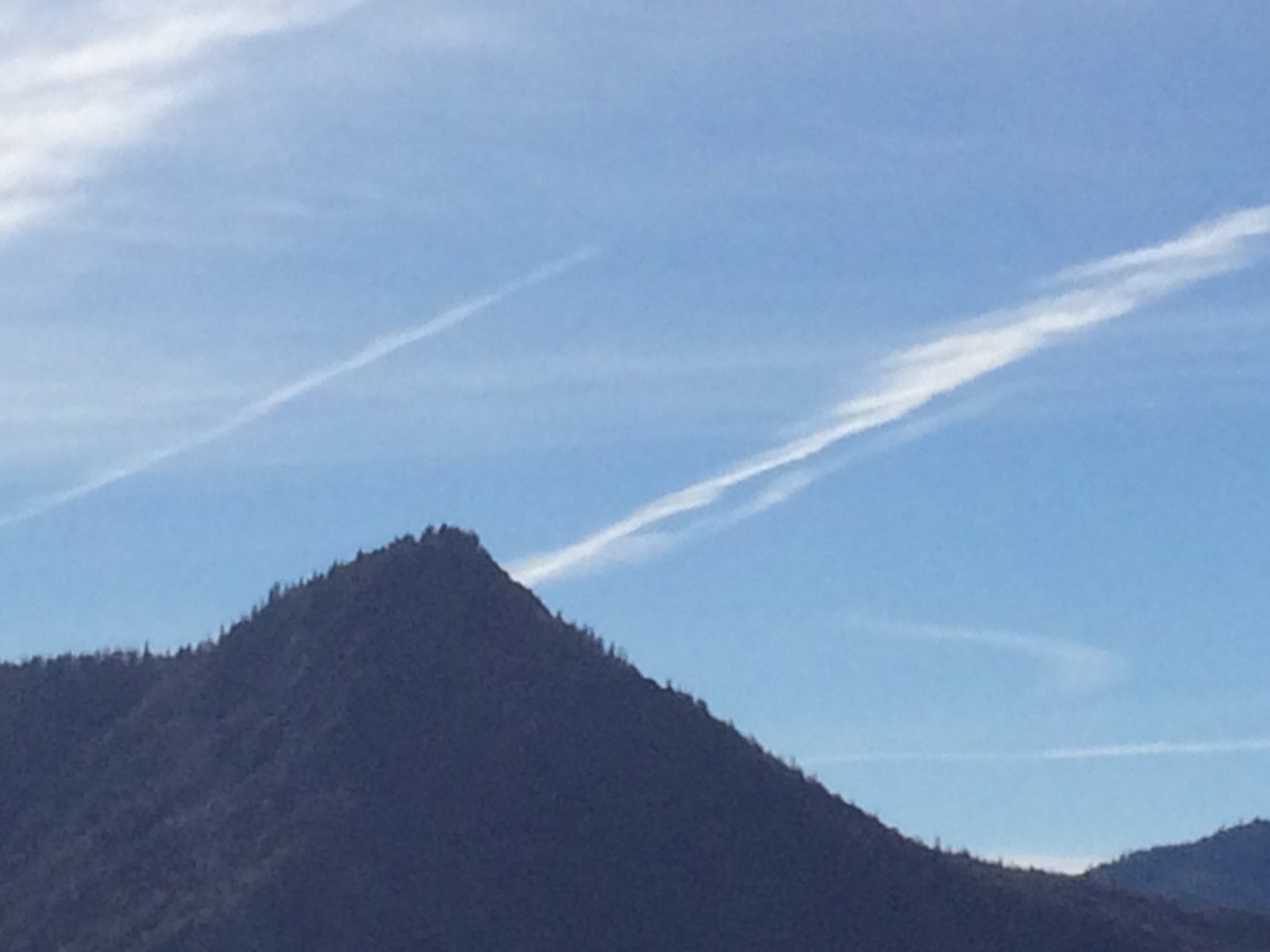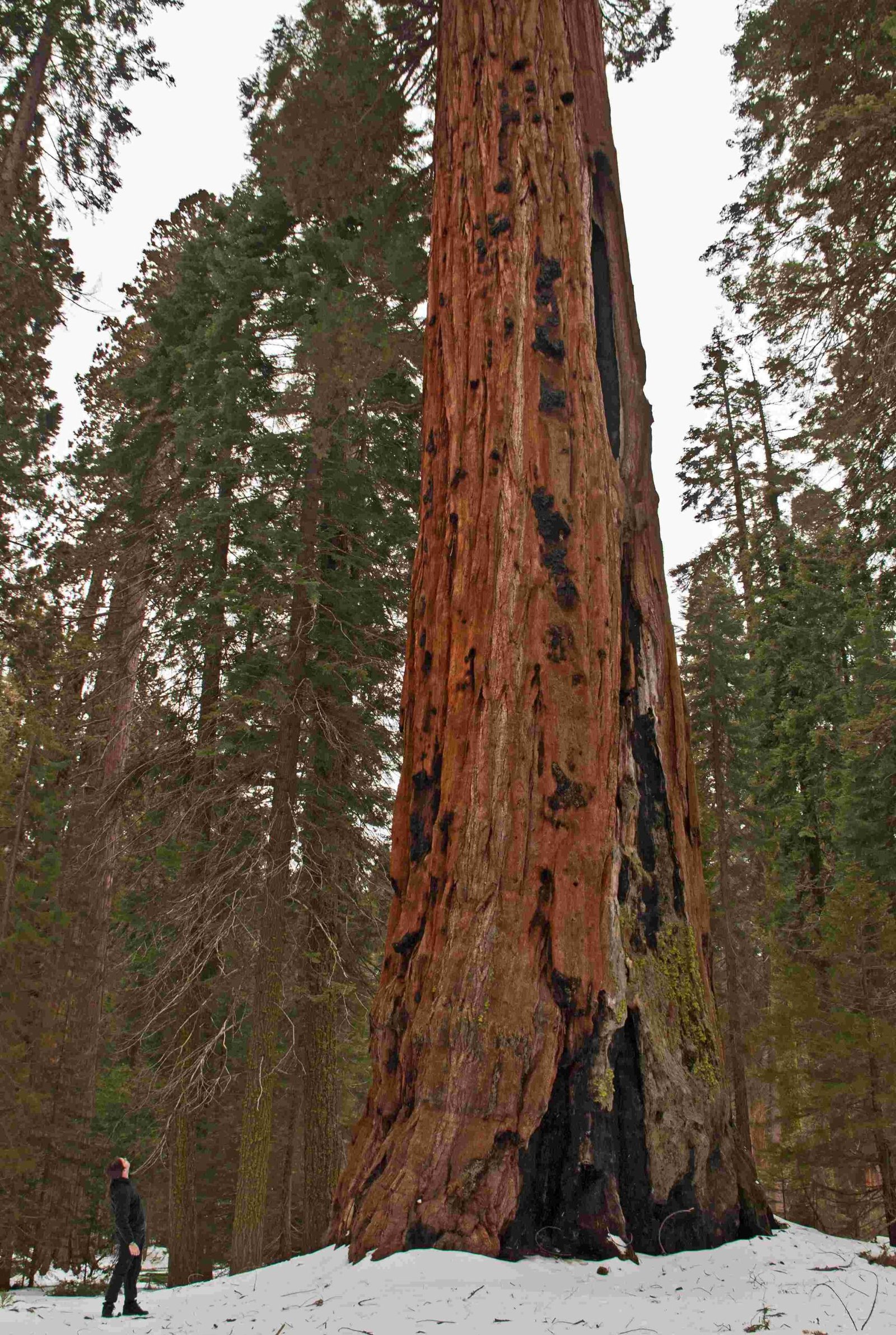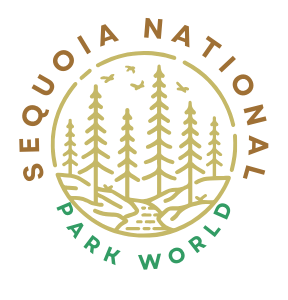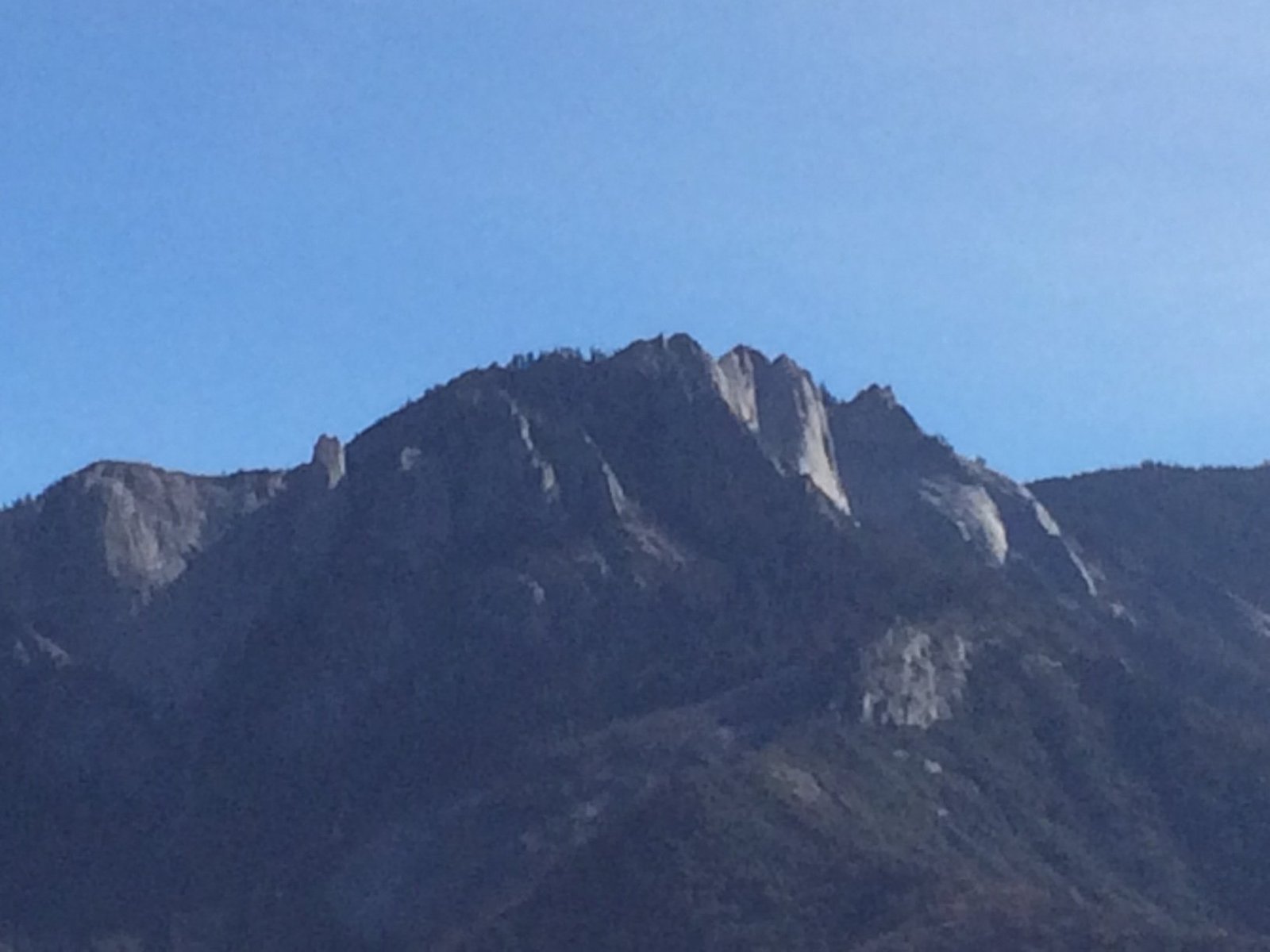Sequoia National Park, renowned for its giant sequoia trees and diverse landscapes, is located in Tulare County, California. Situated in the southern Sierra Nevada mountains, the park shares boundaries with Kings Canyon National Park to the north and Inyo County to the east. Sequoia National Park encompasses a vast area of 404,064 acres, featuring iconic attractions like the General Sherman Tree and Mount Whitney.
Where Is Sequoia National Park Located?

Sequoia National Park is primarily situated in Tulare County, California. The park’s location in the southern Sierra Nevada mountains provides a unique and diverse ecosystem that supports its famous giant sequoia groves and varied wildlife.
What Are the Boundaries of Sequoia National Park?
- North: Kings Canyon National Park
- East: Inyo County (including part of Mount Whitney)
- South and West: Tulare County
What Are the Main Entrance Points to Sequoia National Park?

The primary entrance to Sequoia National Park is the Ash Mountain Entrance, located near the town of Three Rivers. This entrance is accessible via Highway 198.
What Are the GPS Coordinates for the Main Entrance?
The Ash Mountain Entrance is located at:
– Latitude: 36°33’53\”N
– Longitude: 118°46’22\”W
What Are the Operational Hours and Entrance Fees?
- Open: 24 hours a day, year-round
- Entrance Fee: $35 per vehicle (7-day pass)
- Annual passes and other options available
What Lodging Options Are Available in Sequoia National Park?
Sequoia National Park offers a variety of lodging options to suit different preferences and budgets:
What Campgrounds Are Available?
- Lodgepole Campground
- Location: Near Giant Forest
- Sites: 214
- Open: Year-round
-
Amenities: Flush toilets, potable water
-
Dorst Creek Campground
- Location: Giant Forest area
- Sites: 204
- Open: Late May to early October
-
Amenities: Flush toilets, potable water
-
Atwell Mill Campground
- Location: Mineral King area
- Sites: 21
- Open: Late May to early October
- Amenities: Vault toilets, no hookups
What Lodges Can Visitors Stay At?
- Wuksachi Village & Lodge
- Location: Giant Forest area
- Open: Year-round
-
Amenities: Hotel-style rooms, cabins, restaurant, bar, gift shop
-
John Muir Lodge
- Location: Grant Grove area (Kings Canyon National Park)
- Open: Year-round
-
Amenities: Hotel-style rooms
-
Montecito Sequoia Lodge
- Location: Giant Forest area
- Open: Year-round
- Amenities: Cabins, rooms, restaurant, recreational activities
What Are the Major Attractions in Sequoia National Park?
Sequoia National Park boasts several iconic attractions that draw visitors from around the world:
What Can Visitors Experience in the Giant Forest?
The Giant Forest is home to the General Sherman tree, the largest tree by volume in the world. Visitors can explore:
- Congress Trail
- Alta Peak Trail
- Accessibility: Paved paths and accessible trails
- Time Required: Half-day to full-day
- Cost: Included in park entrance fee
What Makes Mount Whitney Special?
Mount Whitney is the highest peak in the contiguous United States:
- Accessible via Mount Whitney Trail
- Challenging hike at high elevation
- Time Required: Multi-day backpacking trip
- Permits: Wilderness permit required (obtain through park website)
What Is Crystal Cave?
Crystal Cave is a stunning marble cave featuring unique formations:
- Accessible via guided tour
- Limited accessibility due to stairs and narrow passages
- Time Required: Half-day
- Cost: Tour tickets required (available through park website)
What Can Visitors Do in Mineral King?
Mineral King is a scenic valley offering:
- Hiking trails
- Historic sites
- Accessibility: Via Mineral King Road (closed during winter)
- Time Required: Full-day to multi-day
- Cost: Included in park entrance fee
How Does Sequoia National Park’s Location in Tulare County Affect Its Ecosystem?
Sequoia National Park’s location in Tulare County contributes to its unique ecosystem:
- Elevation Range:
- Lowest: 1,370 feet (418 m)
-
Highest: 14,494 feet (4,418 m) at Mount Whitney
-
Climate Zones:
- Foothills: Mediterranean climate
- Mid-elevations: Temperate coniferous forest
-
High elevations: Alpine climate
-
Biodiversity:
- Over 1,200 plant species
-
More than 260 native vertebrate species
-
Water Resources:
- Kaweah River watershed
- Numerous lakes and streams
What Are Some Lesser-Known Facts About Sequoia National Park’s Location?
- Tulare County Connection:
-
Named after Tulare Lake, once the largest freshwater lake west of the Mississippi
-
Indigenous History:
-
Traditional lands of the Mono (Monache), Yokuts, and Tübatulabal peoples
-
Geological Significance:
- Part of the Sierra Nevada batholith
-
Showcases diverse rock formations, including marble and granite
-
Dark Sky Designation:
- Recognized as an International Dark Sky Park in 2019
How Does Sequoia National Park’s Location Impact Visitor Experience?
- Seasonal Accessibility:
- Some roads closed during winter due to snow
-
Crystal Cave Road and Mineral King Road have seasonal closures
-
Diverse Activities:
- Hiking
- Rock climbing
- Stargazing
-
Wildlife viewing
-
Educational Opportunities:
- Ranger-led programs
-
Visitor centers with exhibits on local ecology and geology
-
Proximity to Other Attractions:
- Adjacent to Kings Canyon National Park
- Near Yosemite National Park and Death Valley National Park
By understanding Sequoia National Park’s location in Tulare County, visitors can better appreciate its unique features, plan their trips effectively, and fully experience the natural wonders this remarkable park has to offer.
References:
1. Map | Tulare County Historical Society
2. Sequoia National Park – Wikipedia
3. Directions & Transportation – Sequoia & Kings Canyon National Parks

